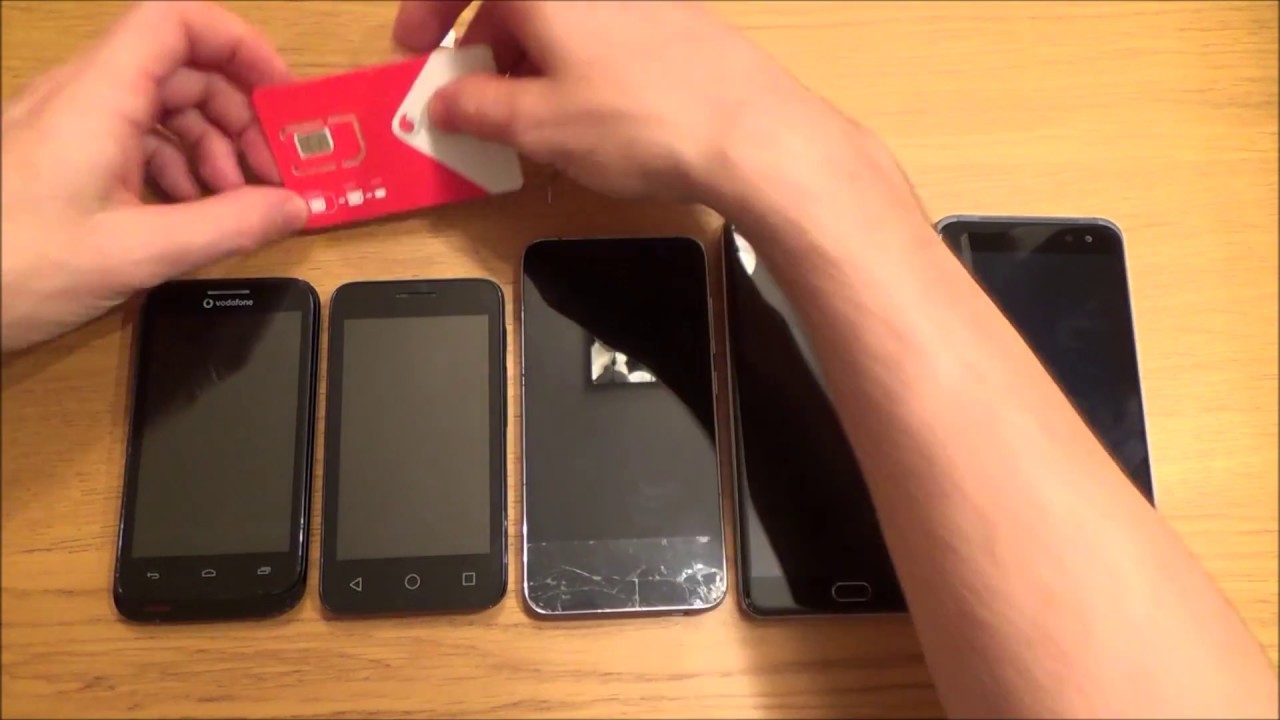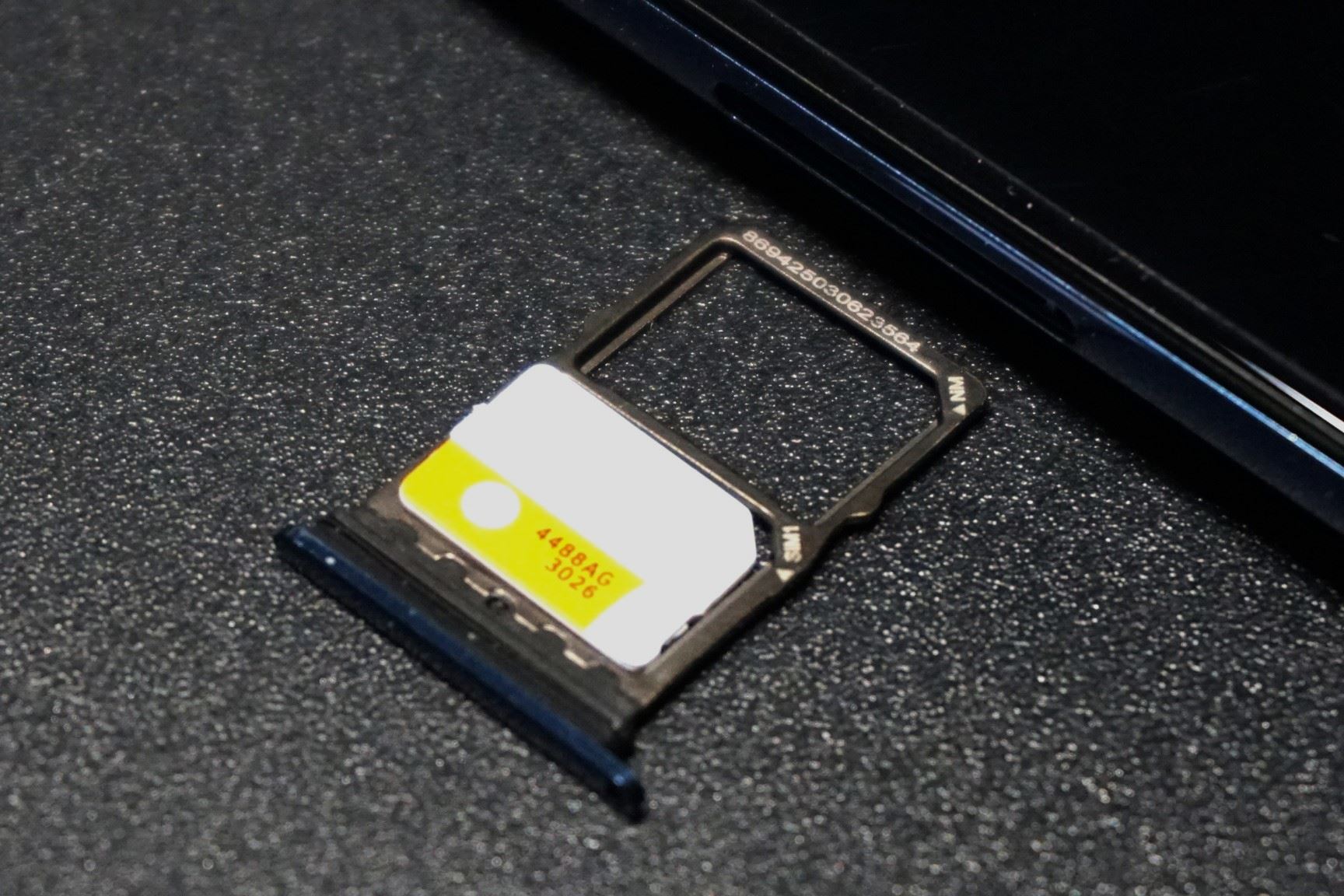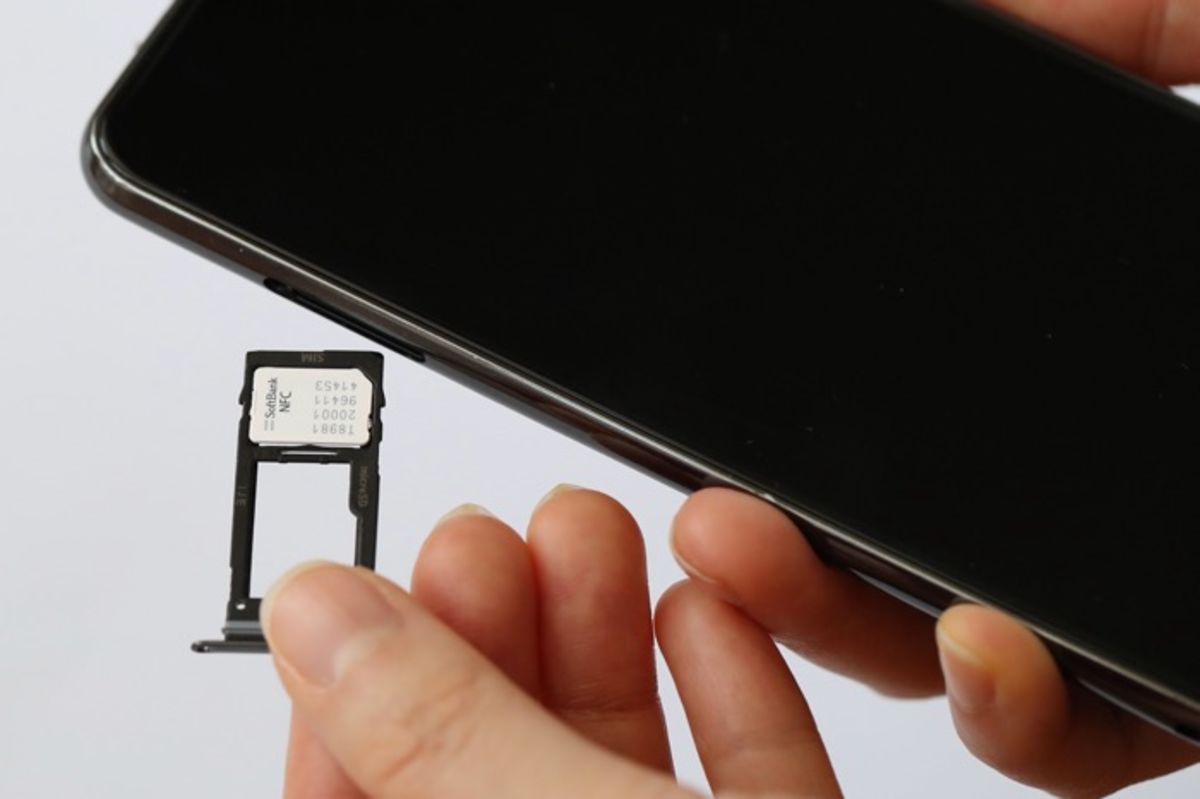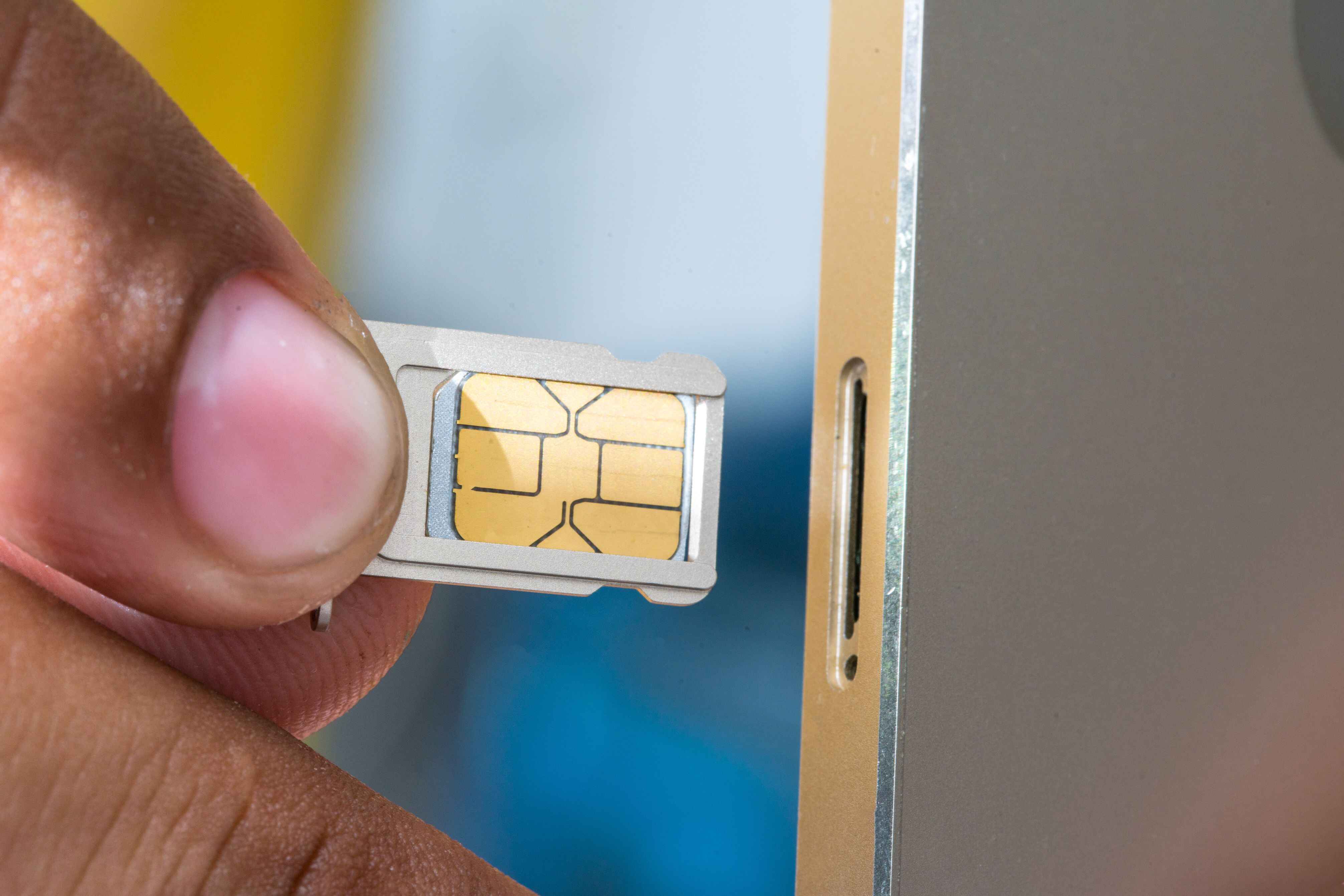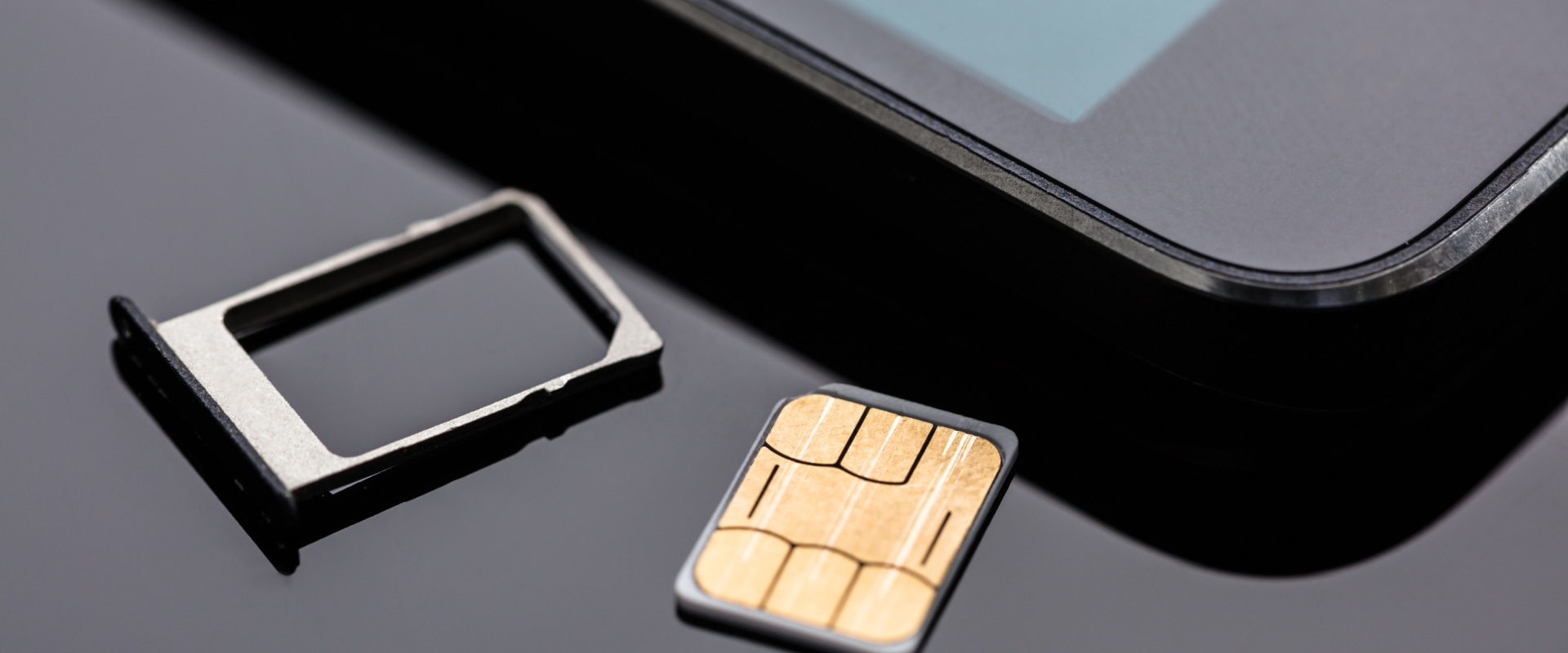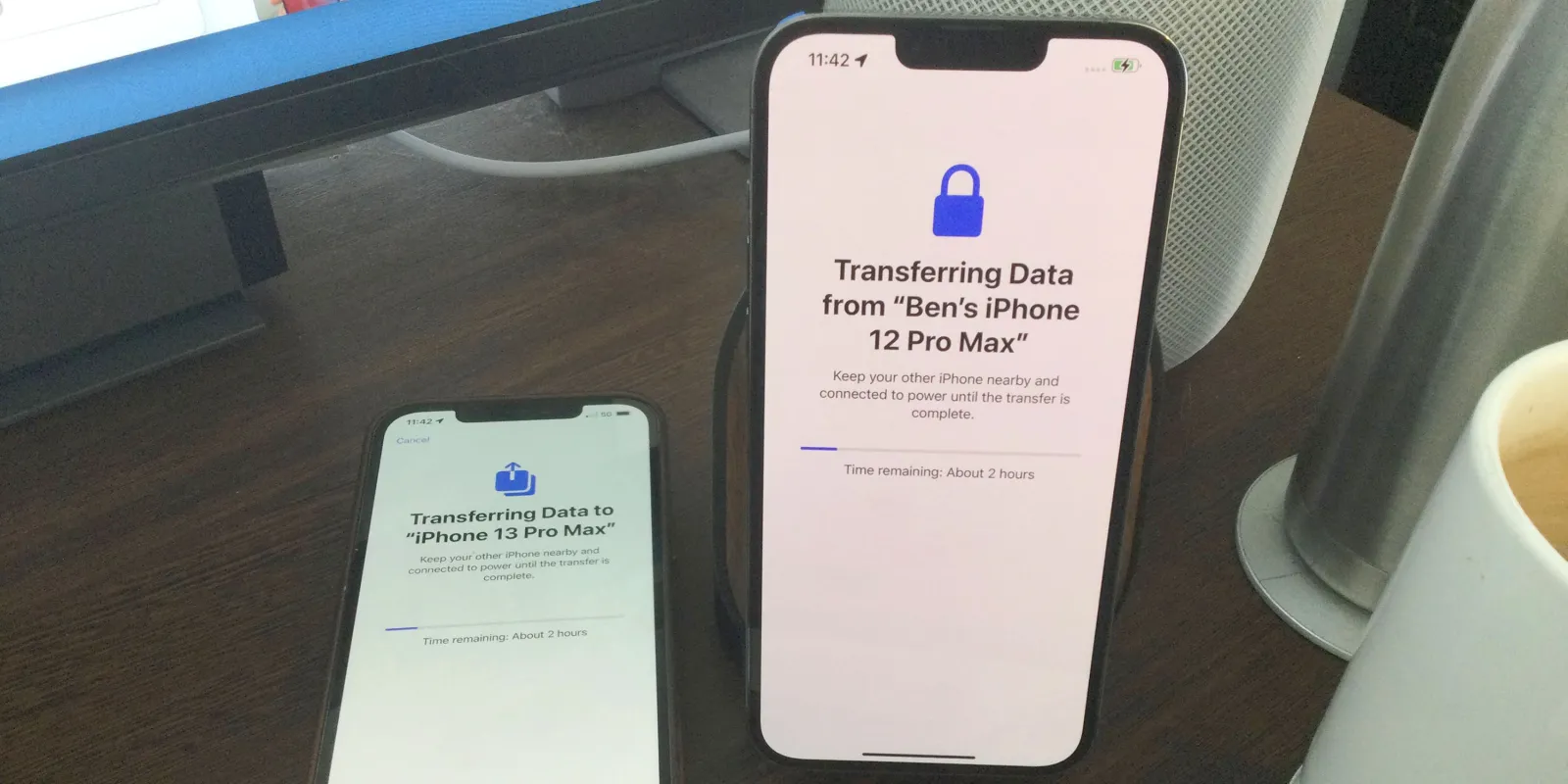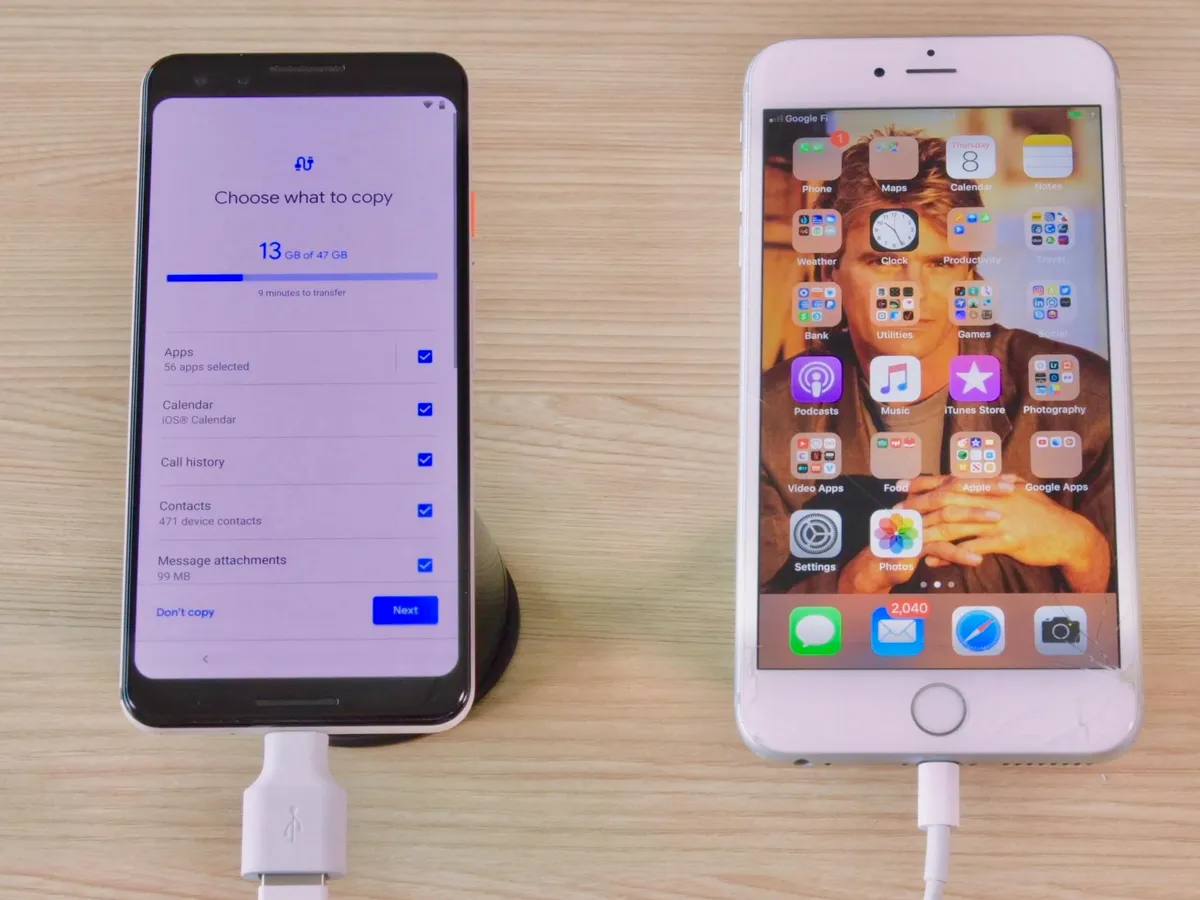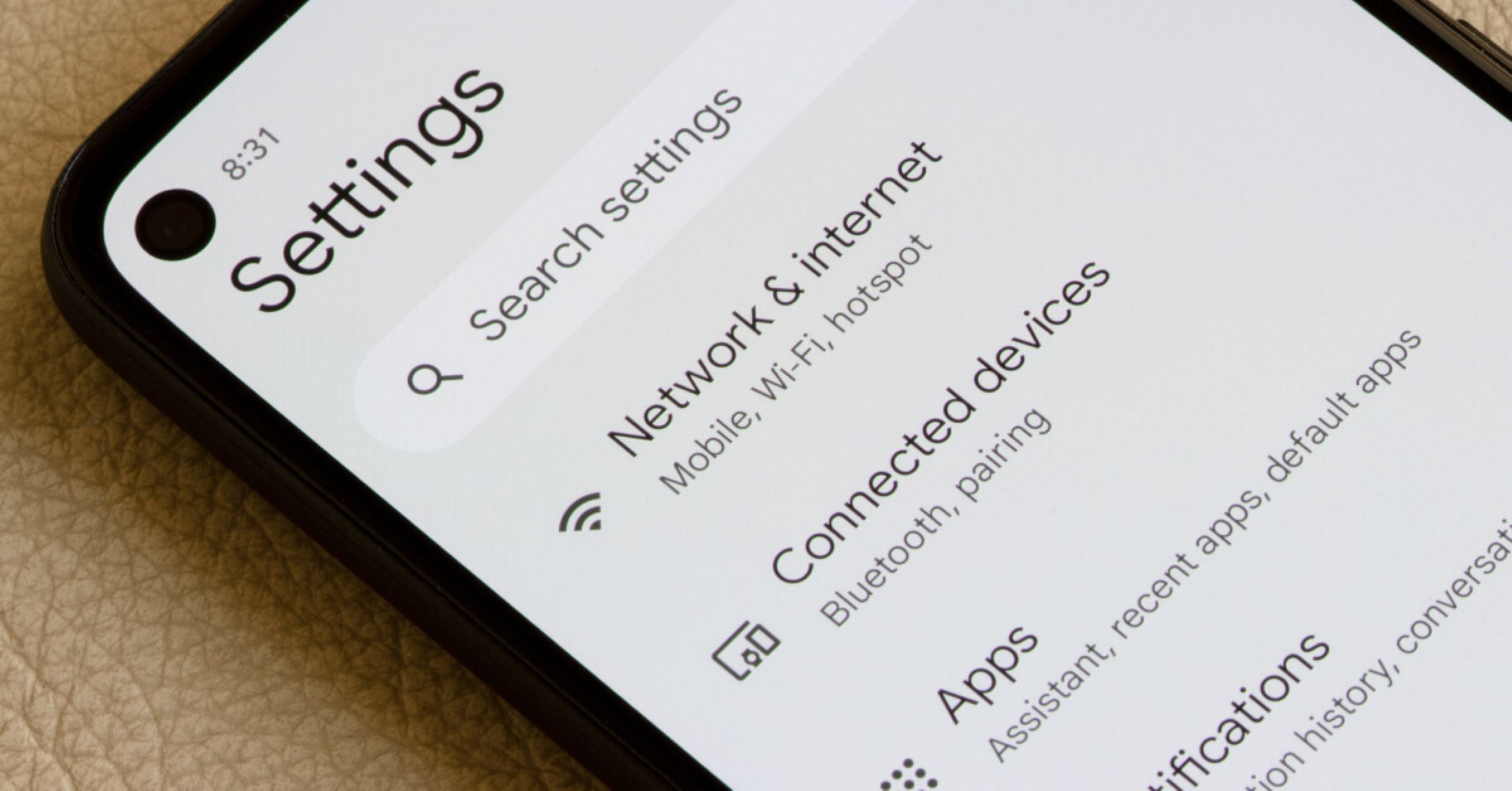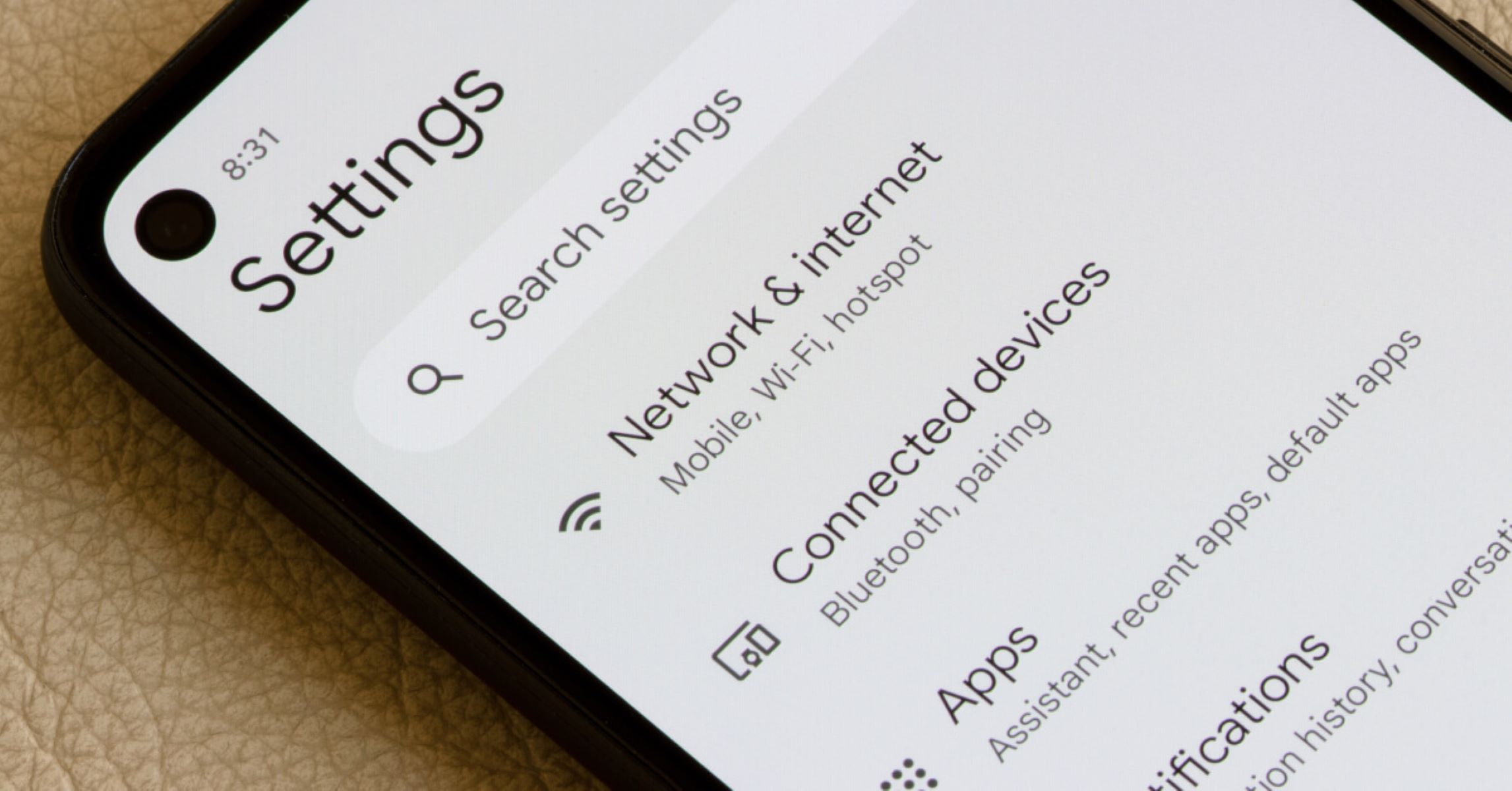Introduction
The Subscriber Identity Module (SIM) card is a small, yet crucial component of your Android phone. It serves as the key to connecting to your mobile network, enabling you to make calls, send text messages, and access mobile data. Understanding how to locate and handle the SIM card is essential for anyone using an Android device. Whether you're upgrading to a new phone, troubleshooting network issues, or simply exploring the inner workings of your device, knowing the ins and outs of the SIM card placement can be incredibly helpful.
In this comprehensive guide, we will delve into the intricacies of finding and managing the SIM card on various Android phone models. From budget-friendly options to flagship devices, the process of accessing the SIM card slot may vary. By familiarizing yourself with the specific steps for your device, you can confidently navigate through the setup and maintenance of your Android phone's SIM card.
Stay tuned as we unravel the mysteries of SIM card placement, offering valuable insights and practical tips to ensure a seamless experience with your Android phone. Whether you're a tech enthusiast, a novice user, or someone in need of troubleshooting guidance, this guide aims to equip you with the knowledge and confidence to handle your Android phone's SIM card with ease. Let's embark on this journey to demystify the SIM card placement on Android phones and empower ourselves with invaluable know-how.
Why Do You Need to Locate the SIM Card on Your Android Phone?
Locating the SIM card on your Android phone is an essential task that holds significant relevance in the realm of mobile connectivity. The SIM card, a diminutive yet pivotal component, is the linchpin that facilitates communication and data access on your device. Understanding the reasons behind the need to locate the SIM card can shed light on its importance and the implications of its proper handling.
-
Activation and Setup: When setting up a new Android phone or switching to a different device, locating the SIM card is the first step towards activating your mobile service. Whether you're obtaining a new SIM card or transferring an existing one, accessing the SIM card slot is imperative for initiating the activation process.
-
Network Connectivity: The SIM card serves as the conduit for connecting to your mobile network. By locating the SIM card, you can ensure that it is securely inserted, enabling your phone to establish a connection with the network provider. This is crucial for making calls, sending messages, and accessing mobile data.
-
Upgrading or Replacing the SIM Card: In scenarios where you need to upgrade to a new SIM card or replace a faulty one, knowing the precise location of the SIM card slot is indispensable. Whether it's a switch to a 5G-enabled SIM or addressing issues with the existing card, being able to locate the SIM card is a fundamental step in the process.
-
Troubleshooting Network Issues: In the event of network-related challenges such as poor signal reception or network connectivity problems, accessing the SIM card slot for inspection and potential reseating can be a valuable troubleshooting step. By locating the SIM card, you can assess its condition and ensure that it is properly positioned within the device.
-
Device Maintenance and Upkeep: Understanding the location of the SIM card slot is beneficial for routine device maintenance. Whether it's cleaning the slot or handling a device repair, being able to access the SIM card slot is essential for maintaining the overall functionality of your Android phone.
In essence, the need to locate the SIM card on your Android phone transcends mere physical positioning; it encompasses the pivotal role of the SIM card in enabling seamless communication and connectivity. By familiarizing yourself with the process of locating the SIM card, you equip yourself with the foundational knowledge necessary to navigate various aspects of mobile device management and troubleshooting.
How to Locate the SIM Card on Different Android Phone Models
Locating the SIM card slot on your Android phone is a crucial step in managing your device's connectivity. The placement of the SIM card slot may vary depending on the specific model of your Android phone. Here's a detailed breakdown of how to locate the SIM card on different Android phone models:
1. Samsung Galaxy Series
For Samsung Galaxy devices, the SIM card slot is typically located on the upper edge of the phone. To access it, you'll need a SIM card removal tool or a small paperclip. Insert the tool into the pinhole next to the SIM card slot to eject the tray. Carefully remove the tray, place the SIM card into the designated area, and reinsert the tray into the slot.
2. Google Pixel Phones
Google Pixel phones feature a SIM card slot on the side of the device. Look for a small pinhole or a tray with a tiny eject button. Use a SIM card removal tool or a paperclip to gently press the eject button, allowing the tray to slide out. Once the tray is removed, insert the SIM card into the designated area and carefully reinsert the tray into the slot.
3. OnePlus Devices
OnePlus phones typically have the SIM card slot on the side of the device. Look for a SIM card tray with a small eject hole. Use a SIM card removal tool to gently press into the hole, causing the tray to pop out. After removing the tray, place the SIM card into the designated area and reinsert the tray securely into the slot.
4. LG and Motorola Phones
LG and Motorola phones often have the SIM card slot located on the upper edge of the device. Use a SIM card removal tool or a paperclip to eject the tray from the slot. Once the tray is removed, carefully place the SIM card into the designated area and reinsert the tray securely into the slot.
5. Other Android Phone Models
For other Android phone models, the SIM card slot may be located on different edges or sides of the device. Refer to the user manual or manufacturer's instructions for specific guidance on locating and accessing the SIM card slot for your particular phone model.
By familiarizing yourself with the specific location and method of accessing the SIM card slot on your Android phone model, you can confidently manage your device's connectivity and address any SIM-related tasks with ease. Remember to handle the SIM card with care and ensure that it is securely placed in the designated slot to maintain seamless network connectivity.
Tips for Removing and Inserting the SIM Card
Properly removing and inserting the SIM card in your Android phone is a delicate process that requires attention to detail and precision. Whether you're upgrading to a new phone, switching to a different SIM card, or troubleshooting connectivity issues, following these tips for removing and inserting the SIM card can help ensure a seamless experience:
-
Power Off Your Device: Before removing or inserting the SIM card, it's essential to power off your Android phone. This precautionary step prevents any potential damage to the SIM card or the device itself.
-
Use the Right Tool: Many Android phones come with a SIM card removal tool, a small pin-like instrument designed specifically for ejecting the SIM card tray. If the tool is not included, a paperclip can serve as an alternative. Avoid using sharp or pointed objects that may damage the SIM card slot.
-
Eject the SIM Card Tray: Locate the SIM card slot on your device and use the SIM card removal tool or a paperclip to gently press into the designated eject hole or pinhole. Apply light pressure to release the SIM card tray from the slot.
-
Handle the SIM Card with Care: Once the SIM card tray is ejected, carefully remove it from the device. Handle the SIM card with care, holding it by the edges to avoid contact with the metal contacts. Avoid bending or scratching the SIM card during removal and insertion.
-
Align the SIM Card Correctly: Before inserting the SIM card into the tray, ensure that it is oriented correctly. Most SIM card trays have a designated area for placing the SIM card with a visual guide indicating the correct positioning. Align the notched corner of the SIM card with the corresponding area on the tray.
-
Gently Reinsert the Tray: After placing the SIM card into the tray, carefully reinsert the tray back into the SIM card slot. Apply gentle pressure to ensure that the tray sits flush with the device, avoiding any misalignment or resistance during insertion.
-
Power On and Verify Connectivity: Once the SIM card tray is securely inserted, power on your Android phone and verify the network connectivity. Ensure that the SIM card is recognized, and the device establishes a connection with the mobile network.
By adhering to these tips, you can confidently manage the process of removing and inserting the SIM card in your Android phone, ensuring that the SIM card is handled with care and securely positioned within the device. Proper handling of the SIM card contributes to maintaining seamless network connectivity and a smooth user experience.
Troubleshooting Common Issues with SIM Card Placement
Encountering issues related to SIM card placement can disrupt the seamless functionality of your Android phone. Understanding and addressing these common issues is essential for maintaining uninterrupted network connectivity and ensuring the proper functioning of your device.
1. SIM Card Not Detected
If your Android phone displays a "SIM card not detected" error, it may indicate a loose connection or improper placement of the SIM card. Begin troubleshooting by powering off the device, carefully removing the SIM card tray, and inspecting the SIM card for any visible damage or debris. Clean the SIM card and the tray gently, then reinsert the SIM card into the tray, ensuring a secure fit. Power on the device and verify if the SIM card is now recognized.
2. No Network Signal
In situations where your Android phone fails to establish a network signal despite the SIM card being inserted, potential causes may include a faulty SIM card, network coverage issues, or a damaged SIM card slot. Start by testing the SIM card in another compatible device to determine if the issue persists. If the SIM card works in a different device, the problem may lie within the phone's SIM card slot or the device's network settings.
3. SIM Card Error Messages
If you encounter error messages such as "Invalid SIM card" or "SIM card registration failed," it is advisable to power off the device, remove the SIM card, and inspect it for any visible damage or signs of wear. Additionally, ensure that the SIM card is compatible with your device and that it has been activated by your network provider. Reinsert the SIM card, power on the device, and check if the error messages persist.
4. Inconsistent Network Connectivity
Inconsistent network connectivity, including dropped calls or intermittent data access, can stem from SIM card-related issues. To troubleshoot this, verify that the SIM card is securely placed in the designated slot and that the metal contacts are clean and free from debris. Additionally, check for any software updates or network-related settings that may impact the device's connectivity.
5. SIM Card Slot Damage
Physical damage to the SIM card slot, such as bent pins or debris obstructing the slot, can lead to connectivity issues. If you suspect damage to the SIM card slot, it is advisable to seek professional assistance for device inspection and potential repair. Avoid attempting to force the SIM card into a damaged slot, as this may exacerbate the issue.
By addressing these common issues with SIM card placement, you can troubleshoot connectivity challenges and ensure that your Android phone maintains reliable network access. If persistent issues arise, consulting with your network provider or seeking professional device maintenance can provide further assistance in resolving SIM card-related concerns.
Conclusion
In conclusion, the SIM card holds a pivotal role in the seamless functioning of your Android phone, serving as the gateway to mobile connectivity and communication. Throughout this comprehensive guide, we've delved into the intricacies of locating and managing the SIM card on various Android phone models. From understanding the reasons behind the need to locate the SIM card to troubleshooting common issues related to SIM card placement, we've explored the essential aspects of SIM card management.
By familiarizing yourself with the specific location and method of accessing the SIM card slot on your Android phone model, you can confidently navigate various SIM-related tasks. Whether it's activating a new device, troubleshooting network issues, or upgrading to a new SIM card, the knowledge gained from this guide empowers you to handle these tasks with ease and precision.
Properly removing and inserting the SIM card is a delicate process that requires attention to detail and adherence to best practices. By following the tips outlined in this guide, you can ensure that the SIM card is handled with care and securely positioned within the device, contributing to uninterrupted network connectivity and a smooth user experience.
Moreover, the troubleshooting insights provided offer valuable guidance in addressing common issues related to SIM card placement. From addressing "SIM card not detected" errors to mitigating inconsistent network connectivity, understanding these troubleshooting steps equips you with the knowledge to maintain reliable network access and address potential challenges effectively.
In essence, the journey of demystifying the SIM card placement on Android phones has equipped you with invaluable know-how, enabling you to navigate the complexities of managing your device's connectivity with confidence. By embracing the insights shared in this guide, you are well-prepared to handle SIM-related tasks, troubleshoot potential issues, and ensure the seamless operation of your Android phone.
As you continue to explore the ever-evolving landscape of mobile technology, may the knowledge gleaned from this guide serve as a valuable companion, empowering you to harness the full potential of your Android phone's connectivity and communication capabilities.







